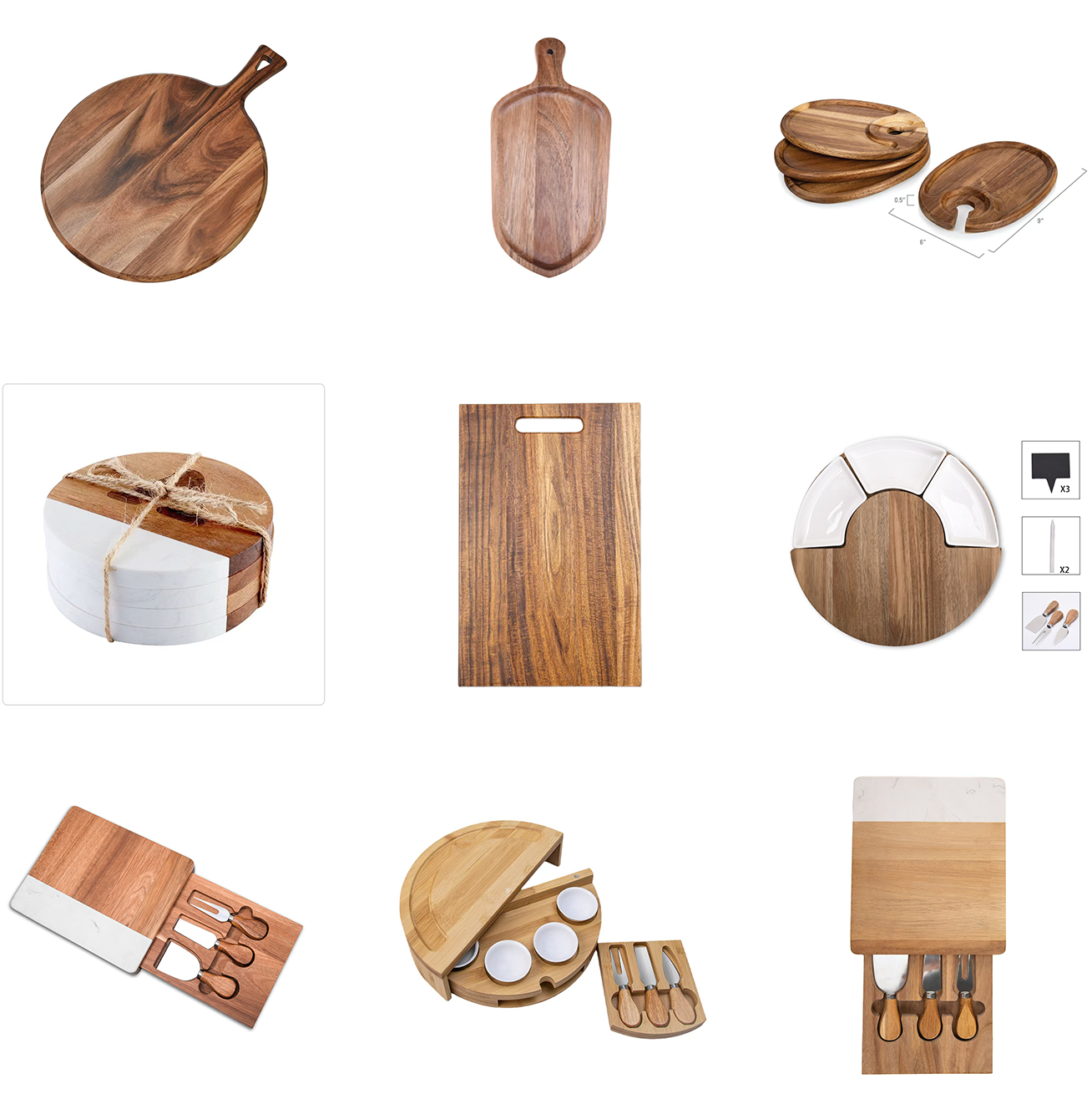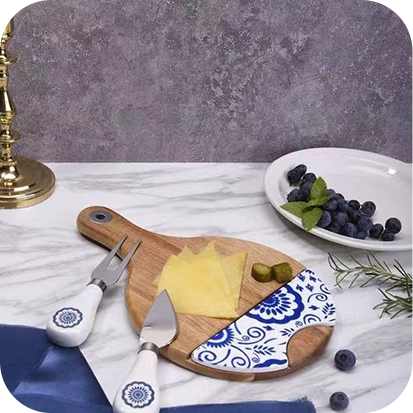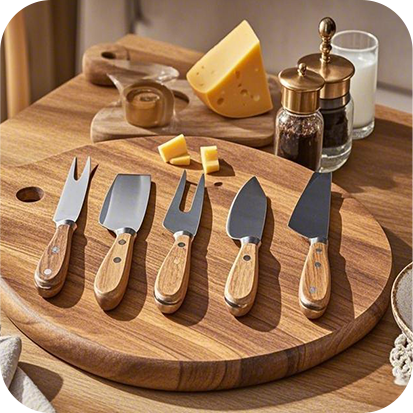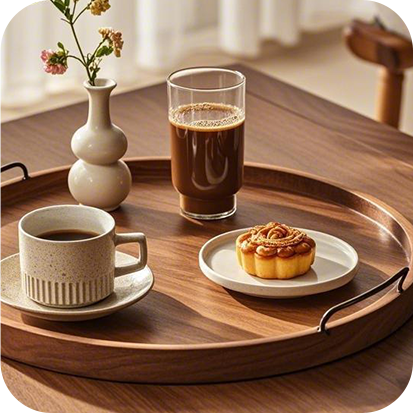What Is the Best Way to Store Wooden Cutting Boards? Smart Solutions for Every Kitchen
What Is the Best Way to Store Wooden Cutting Boards? Smart Solutions for Every Kitchen – By YangJiang Stellar Kitchenware
Wooden cutting boards are more than just tools—they're culinary companions that improve with time if properly cared for. Yet one of the most frequently overlooked aspects of their care is storage. Incorrect storage can lead to warping, cracking, or even microbial buildup.
At YangJiang Stellar Kitchenware, we craft every board with longevity and safety in mind. But to maximize their performance and aesthetic appeal, users must understand the best ways to store their boards based on material, size, usage frequency, and kitchen environment. Here's how to do it right.
The Science Behind Wooden Board Maintenance
Unlike plastic or glass, wood is a natural material that breathes. It absorbs moisture, expands slightly when wet, and contracts when dry. Proper storage ensures this process doesn’t lead to deformation or bacterial growth.
This is especially important for boards like our Food approved flexible design Acacia wood Cheese platter board, which is both porous and prone to surface softening if improperly stored in humid conditions.
1. Store Boards Vertically, Not Flat
Airflow is essential for wooden board longevity. When boards lie flat, especially on stone or laminate counters, moisture gets trapped underneath. This creates an environment where mildew and warping thrive.
Invest in a vertical drying rack or a stand-alone slotted organizer. These allow boards like the Non-toxic configurable Acacia wood Cheese board to dry evenly and remain well-ventilated on all sides.
Pro tip: Never lean boards directly against walls. Use a spacer or drying rack to avoid mildew at the contact point.
2. Use Wall-Mounted Hooks for Space Efficiency
If space is tight, consider installing sturdy wall hooks. Many of our boards come with integrated handles or hanging holes, such as the Non-reactive custom print Acacia wood Acacia serving tray. These allow for aesthetic display and functional storage in one elegant move.
This technique not only saves counter space but also reduces surface contact, minimizing bacterial risk.
3. Avoid Closed or Airtight Cabinets
While storing your board out of sight may seem tidy, enclosed spaces can trap moisture. It’s best to avoid storing boards in plastic bins, airtight drawers, or under sinks. If you must use a cupboard, choose one with airflow and avoid stacking boards on top of each other.
For delicate items like the Food-grade custom Acacia wood Cheese platter board, place a linen or bamboo liner beneath the board and leave the door slightly ajar until fully dry.
4. Use Pegboards or Slotted Displays for Multiple Boards
For commercial kitchens, cafés, or avid home chefs, board volume can become unmanageable. That’s where pegboard-style storage shines. You can hang, slide, or slot each board into place. Our Zero contaminants adjustable Acacia wood Snack board line is ideal for this due to its lightweight design and finish-safe edges.
Labeled slots also help keep boards separated by use—vegetables, meats, cheeses—reducing cross-contamination risks.
5. Maintain Seasoning and Conditioning Schedule
Storage doesn’t mean abandonment. Regularly oiling boards ensures their longevity regardless of where they’re stored. A light coat of food-grade mineral oil every few weeks keeps the board hydrated and mold-resistant.
This is especially important for heavy-duty pieces like our Bio-safe customizable Acacia wood Meat carving board, which endure more wear and exposure to juices and high heat. A hydrated board is less likely to crack, warp, or dull.
6. Choose Storage Solutions Based on Kitchen Climate
Kitchens in coastal, humid, or basement environments require special attention. In high-humidity settings, avoid stacking and allow extra drying time after washing. In arid climates, increase oiling frequency.
For multi-purpose or high-traffic boards, rotate storage positions every few weeks. This simple act helps distribute environmental exposure more evenly across all boards.
Summary of Smart Storage Tips
| Tip | Benefit |
|---|---|
| Store vertically | Prevents warping and mildew buildup |
| Use wall hooks | Saves space, keeps boards dry |
| Avoid airtight containers | Reduces trapped moisture |
| Install pegboards or racks | Organizes multiple boards by function |
| Maintain oiling routine | Extends board life and prevents cracks |
| Adapt to climate | Ensures stable storage in any setting |
Keep Your Boards in Prime Shape, Always
📩 Contact: info@justwoodencuttingboard.com
🏷️ Chinese Top wood kitchenware supplier: YangJiang Stellar Kitchenware
READ MORE:






















